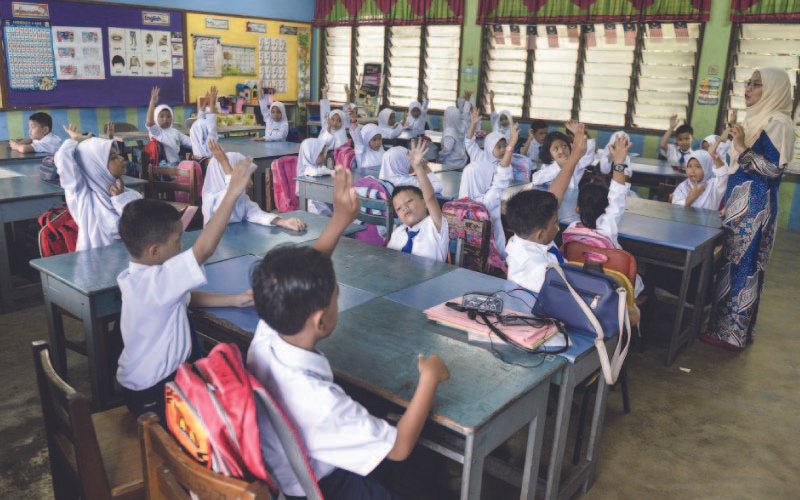Learning poverty is a systemic problem that requires an equitable solution for all for the sake of our future.
As individuals, we’ve evolved into an era in which we fight for our rights, from the introduction of Undi18 to #kitajagakita, and we take a stand on any form of discrimination or justice. Yet there are still many voices left unheard. In many developing countries, including Malaysia, governments have been making progress with steps like announcing the abolition of school and textbooks fees to reduce learning poverty, which is based on the idea that all children should be able to read an age-appropriate text by age 10.
In an idealised world, that’d probably result with everyone being entitled to free and fair education, right? Unfortunately, learning poverty is a multilayered process in itself and the matter-of-fact is that more than one-half of children and adolescents aren’t learning worldwide. The reality is that we’ve many different layers that causes learning poverty and the question lies, are we really doing enough to tackle the roots of this serious issue? Here’s my take on the issue.



Social Class Affects Learning Poverty
Often times, you’d hear someone say, “Of course they’ll end up like this, they have no money!”. However, the Universal Declaration of Human Rights makes clear that ‘every child is entitled to free basic education’. Thus poverty and a lack of funds shouldn’t be an impediment to attending school. Right?
Senior lecturer from the School of Education, Hema Letchamanan, explains, “While it’s true that parents don’t have to pay for their school fees and textbooks, there are many other costs involved in schooling that parents can’t afford like transportation, school and sports uniform, meals, etc. Sometimes children may have to stop schooling to take care of their siblings or to work in order to support their families.” Which goes to show how ‘free and basic’ may not seem as easy as it sounds. Rather, it’s a systemic problem that needs to be addressed.
When tackling the topic of social classes, it’s essential to understand the layers of society. In Malaysia, there are over 2.91 million households in 2019 that are in the B40 community. However, not all households from that community are experiencing the same level of poverty. There are two levels of poverty found within the B40 community, specifically absolute and relative poverty in which could be described using Maslow’s Hierarchy of needs.